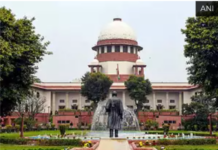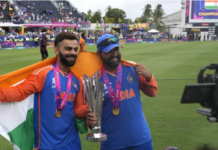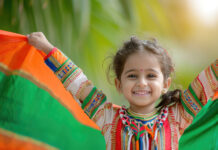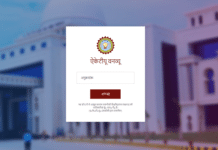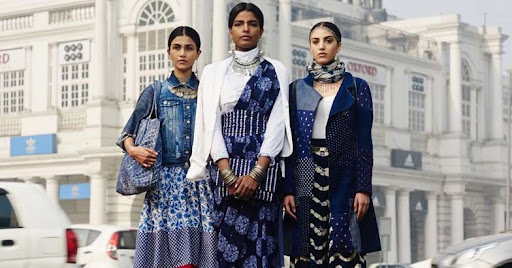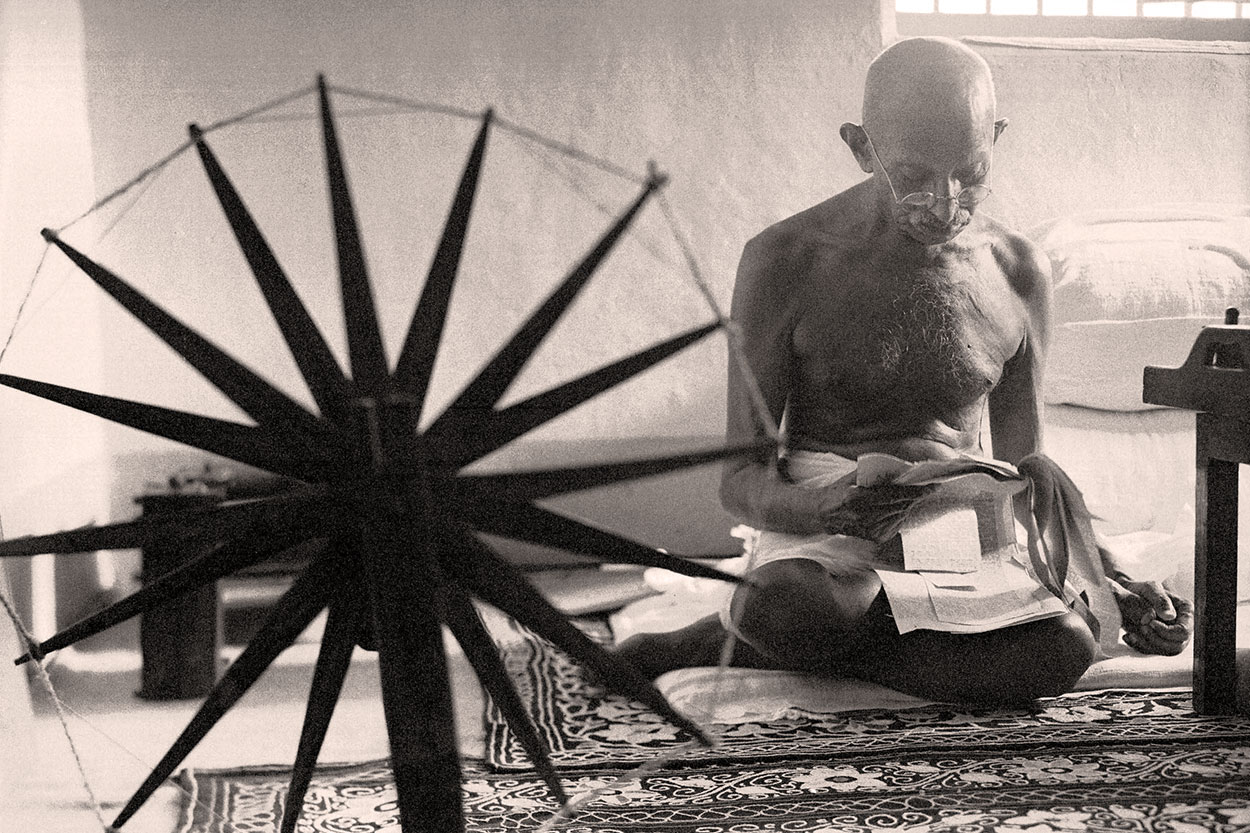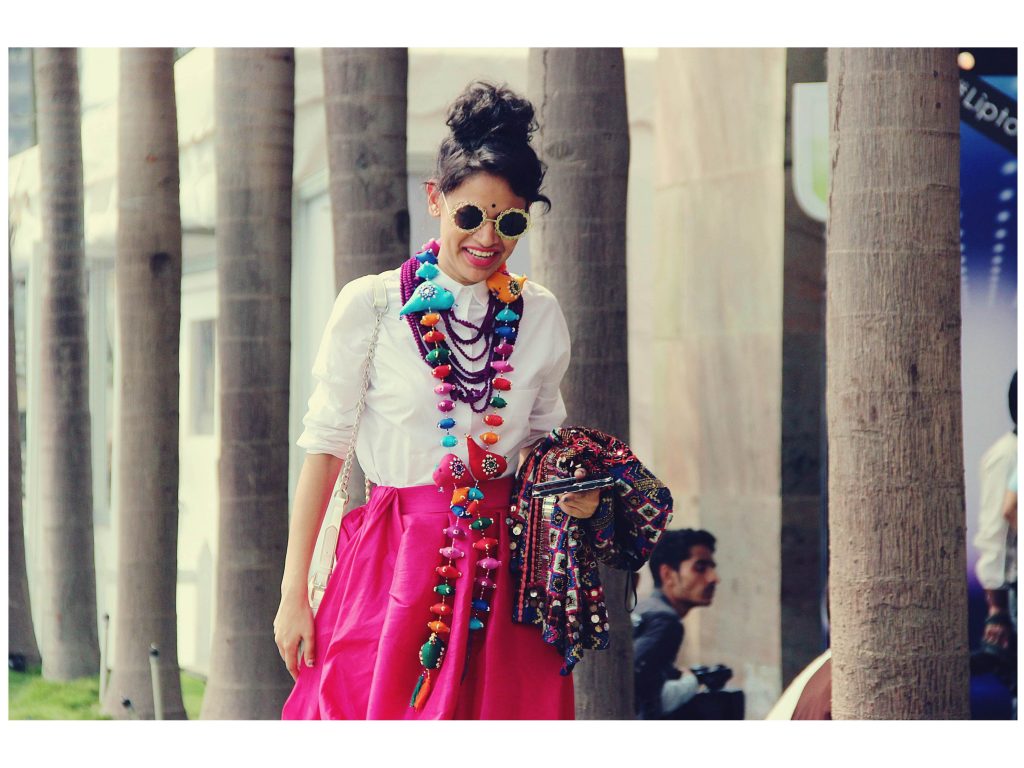A vibrant tapestry of fashion unfolds from the busy streets of Indian cities, reflecting the country’s broad cultural background and vigorous spirit. Street fashion in India has evolved dramatically over time because of a variety of factors such as social, economic, and cultural changes. From traditional clothes of the past to current styles of today, the evolution of street fashion in Indian cities is a fascinating journey that reflects the constantly changing nature of society.
The traditional roots of Indian street fashion run deep, acting as the foundation for contemporary street style to develop. From the bustling bazaars of Old Delhi to the colorful markets of Mumbai, the streets have long served as a canvas for self-expression, bringing people from various backgrounds together to show off their individual sense of style. Historically, traditional attire played a major role in influencing street fashion in India. Diverse dress styles arose throughout the country, reflecting the land’s rich culture and tradition. For example, in Rajasthan’s colorful lanes, vivid hues of bandhani and mirror-worked textiles adorned the clothes of both men and women, resulting in a stunning visual that highlighted the region’s renowned artistry.
Colonial and Post-Independence Era
The colonial era marked an important turning point in the history of Indian street fashion, resulting in a remarkable fusion of Eastern and Western elements. With the introduction of European traders and colonizers, India became a point of intersection where different cultures, ideas, and fashion trends met. The British Raj, in particular, left a permanent mark on Indian fashion by importing Western clothing designs and tailoring techniques that forever changed the fashion scene of India. The effect of colonialism was observed not only in the garments worn by the elite but also in the clothing worn by urban residents throughout India. Western-style attire, such as shirts, trousers, and suits, gained popularity among the urban middle class, representing modernity, development, and social status.
The post-independence era in India marked a period of great sociopolitical and cultural change. Mahatma Gandhi’s campaign for Khadi, or handspun cloth, resonated deeply with the Indians as it symbolized self-reliance and opposition to British influence. Khadi quickly became associated with the newly independent nation’s spirit of cultural pride. The spinning wheel, also known as charkha, became a powerful emblem of the Swadeshi movement, encouraging Indians to make their own clothes rather than relying on mass-produced materials from British mills. The Nehru jacket, named after Jawaharlal Nehru, India’s first Prime Minister, became a symbol of political leadership and cultural identity, reflecting modernity and progress while maintaining a distinct Indian aesthetic.
The Rise of Streetwear
Globalization and urbanization have transformed Indian street fashion into a vibrant and diverse tapestry of global influences and local aesthetics. Globalization caused huge changes in lifestyle and consumer behavior, with urban areas experiencing tremendous growth and transformation. With the introduction of foreign brands, media, and pop culture influences, Indian street fashion experienced a major transformation, developing into a dynamic blend of global trends and traditional aesthetics. The rise of the internet and social media has accelerated the globalization of street fashion, allowing fashion enthusiasts to interact, share ideas, and discover new trends from all over the world. Social media platforms like Instagram and TikTok transformed into virtual fashion runways, where influencers and vloggers displayed their personal style and influenced millions of people.
The rise of streetwear fashion in Indian cities represents an important shift in the fashion industry, as it has evolved from a subculture to a mainstream trend. Inspired by the global streetwear movement, which began in cities such as New York and Los Angeles, Indian youth have begun to embrace this style as a means of self-expression. Streetwear aesthetic is defined by its casual, comfy, and edgy vibe, which usually consists of graphic tees, hoodies, sneakers, and accessories like caps and backpacks. These outfits are both attractive and practical, built to withstand the challenges of urban life while creating a bold style statement.
Streetwear has become inextricably connected with youth culture, music, and art, fostering a sense of community and belonging among its enthusiasts. Sneaker conferences, street art festivals, and underground music performances have all presented opportunities for streetwear lovers to connect, exchange ideas, and celebrate their shared appreciation for the culture.
The Future of Indian Street Fashion
The future of Indian street fashion is deeply linked to social and cultural movements, as it remains a platform for self-expression, activism, and social change. Whether it’s using clothing as a form of activism, celebrating cultural heritage, or promoting inclusivity and diversity, street fashion can magnify voices and spark conversations that go beyond the confines of the runway. The future of Indian street fashion reflects the innovation, resilience, and diversity of the country’s youth. As they continue to push boundaries of style and expression, they will create a fashion industry that is inclusive, imaginative, and reflects the dynamic spirit of modern India. Whether it’s reimagining traditional attire, embracing global trends, or advocating for sustainability, the journey of Indian street fashion is an ongoing tale of creativity, collaboration, and cultural interchange that will continue to unfold in the years ahead.



